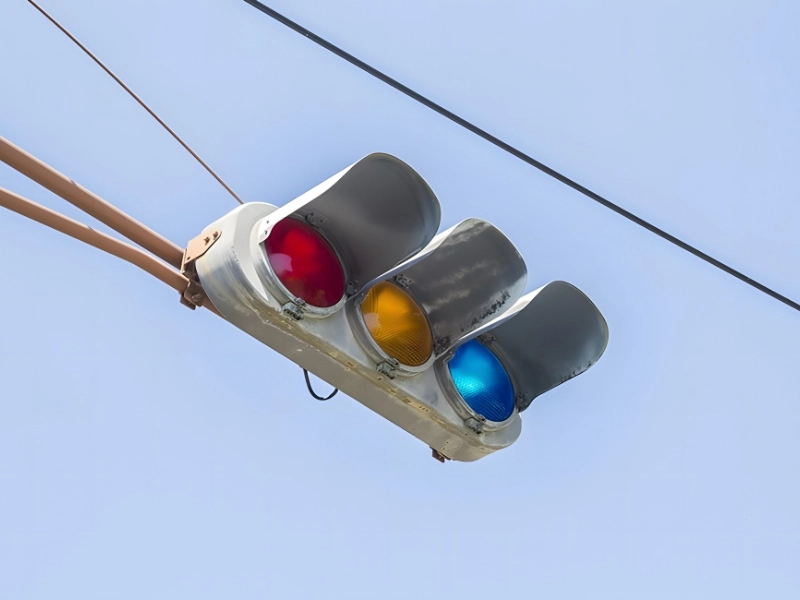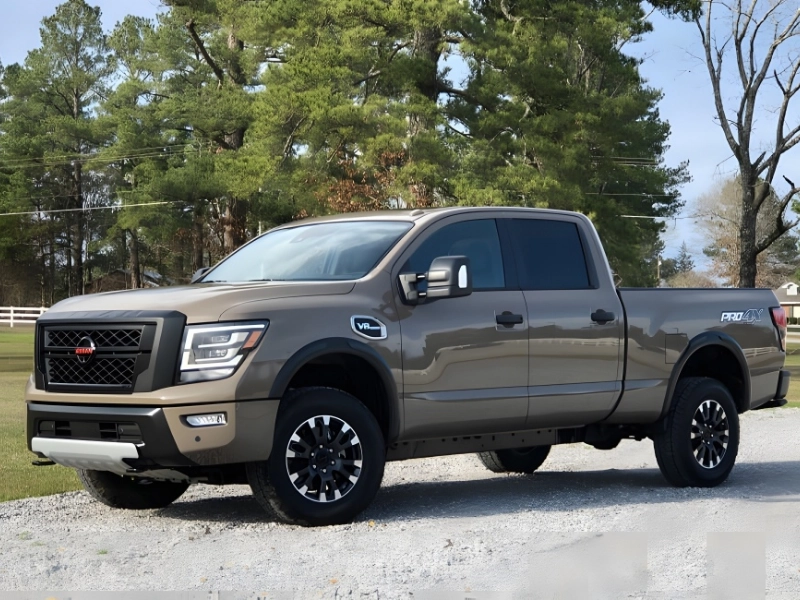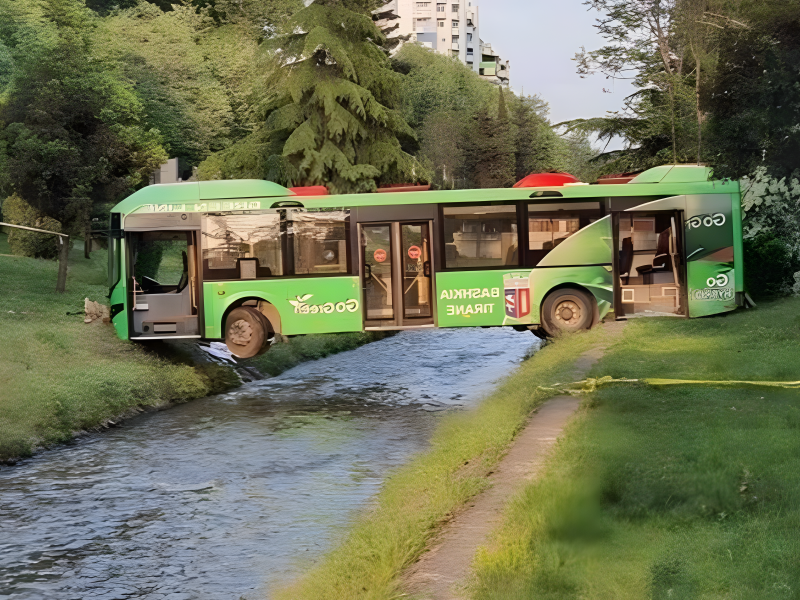Japan's Clever Creations: Unlike Anything You've Ever Seen
10. Blue Traffic Signals
Blue Traffic Signals What It Is: Traffic signals that are blue instead of the traditional green.
Invented: In the 1930s.
Average Cost: Approximately $7,500.
Cultural Context Japanese Language Influence: The use of blue traffic lights in Japan is tied to the Japanese language, which historically included terms for colors like black, white, red, and blue, but had different associations for green.
Public Perception: While a blue traffic signal might confuse drivers in the United States, in Japan, it is a standard indication to proceed.
Conclusion The adoption of blue traffic signals in Japan highlights the intersection of language, culture, and technology in everyday life. This unique practice reflects Japan's historical color terminology and serves as an interesting example of how cultural differences influence infrastructure.

Blue Traffic Lights in Japan
Color Terminology Language Influence: In Japanese, the word "ao" historically described both blue and green hues. This linguistic ambiguity has shaped the perception of colors in Japan.
Evolution of Terms: Although the term "midori" began to be used specifically for green, "ao" continued to encompass both colors, leading to the use of blue traffic lights.
Traffic Signal Design Go Lights: The overlap in terminology resulted in the production of blue traffic signals, which are understood as "go" lights in Japan, despite their blue appearance. Conclusion The unique use of blue traffic lights in Japan underscores the influence of language on color perception and societal norms. This fascinating intersection of culture and communication illustrates how historical language practices can shape modern infrastructure.










